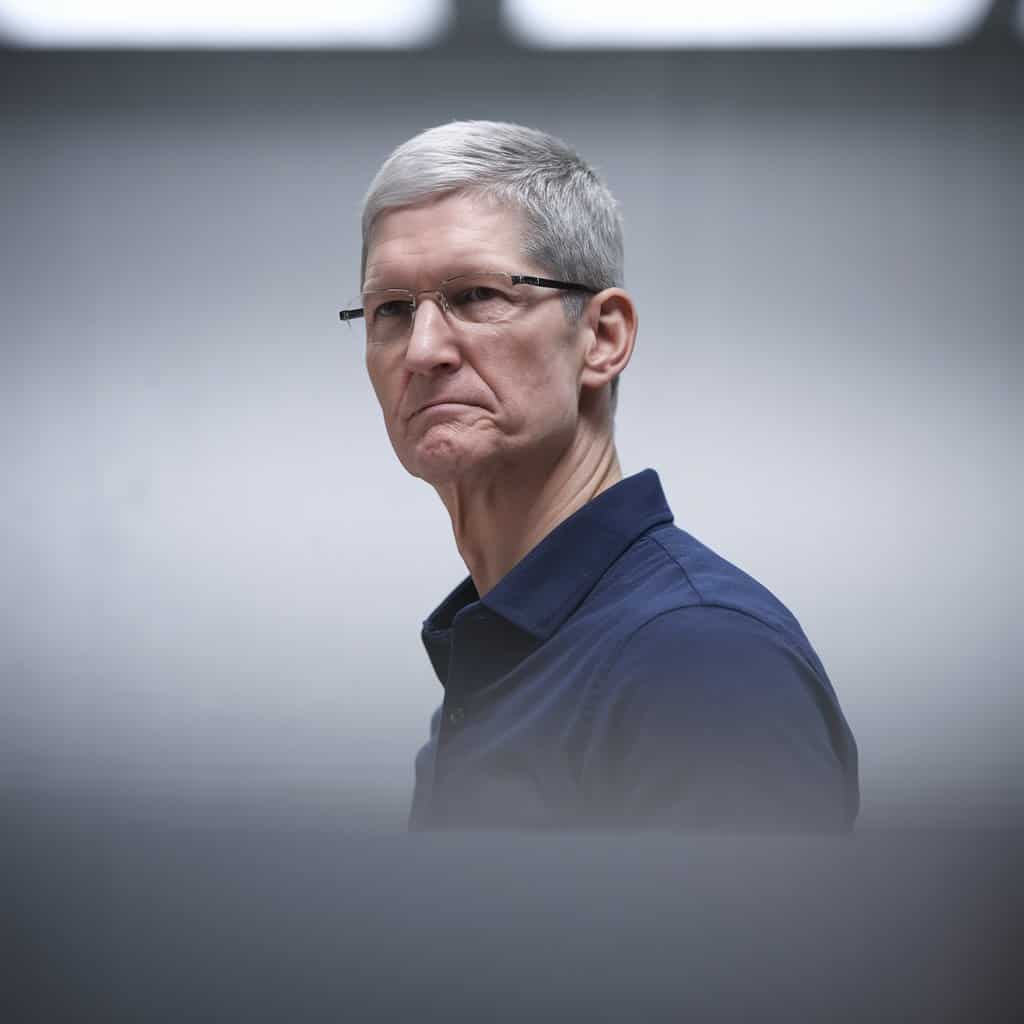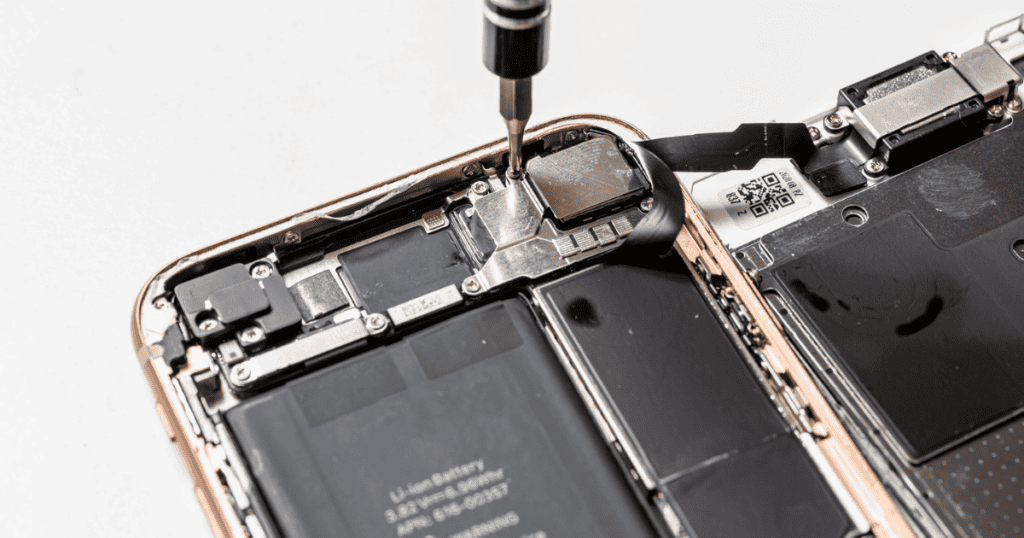Tim Cook’s recent acknowledgment of the Apple Vision Pro’s underwhelming sales figures has ignited conversations across the tech industry. The product, initially expected to sell over 1 million units by the end of 2024, has fallen significantly short of projections, with current estimates now pointing to sales under 500,000 units. Factors such as the device’s high price point, a limited app ecosystem, and competition from other players like Meta Quest 3 have been highlighted as contributors to this market performance. As Apple adjusts its strategy, this scenario brings important questions about the company’s innovative trajectory and its position in the growing spatial computing and augmented reality market.
Tim Cook’s Candid Acknowledgment of Vision Pro Sales
In a rare moment of reflection, Tim Cook has admitted that the Apple Vision Pro’s sales figures have not lived up to the company’s initial expectations. While Apple had forecast sales of around 1 million units for the first year, current figures indicate sales projections of 400,000 to 450,000 units, a stark reduction.
Several factors have contributed to this performance:
- Pricing Barrier: The $3,500 price tag has deterred many potential buyers, limiting its appeal to a niche market.
- Consumer Returns: Early adopters have reported cooling enthusiasm, with many returning the device after trial periods, citing insufficient long-term appeal.
- Weak App Ecosystem: The lack of a robust app ecosystem has compounded the product’s struggles, leaving users without compelling reasons to retain the device.
This reality check has led Apple to reconsider its immediate plans and signals a possible adjustment in its product development roadmap.
Contributing Factors Behind the Vision Pro’s Performance
Several interrelated factors have caused the Vision Pro to fall short of market expectations, each playing a significant role in shaping its current sales performance.
- High Pricing: Positioned at $3,500, the Vision Pro’s premium price point has restricted it primarily to early adopters. This high cost, especially compared to competitors like the Meta Quest 3, has discouraged a broader audience from purchasing the device.
- Limited App Ecosystem: One of the critical weaknesses of the Vision Pro has been the scarcity of apps that justify its price. Without a strong selection of applications that can fully utilize the device’s potential, many users find the Vision Pro lacking in long-term value.
- Technical and Setup Challenges: Some users have reported confusion regarding setup and functionality, reducing the ease of use. This has caused frustration among customers and resulted in higher-than-expected return rates.
- Rising Competition: The augmented reality (AR) and virtual reality (VR) markets are becoming increasingly competitive. With alternatives like Meta Quest 3 offering similar functionality at a fraction of the cost, Apple’s Vision Pro faces an uphill battle for consumer attention.
Market Overview and Performance Trends
As of late 2024, Apple’s Vision Pro has sold fewer than 100,000 units, a figure that underscores the product’s struggle to gain traction. This performance has prompted a significant downward revision of sales forecasts, with 2024 sales expected to fall between 400,000 and 450,000 units—far below initial estimates of over 1 million units.
Factors affecting sales projections:
- Price Sensitivity: Consumers are becoming more price-sensitive, especially in the AR/VR market, where alternatives are available at significantly lower price points.
- Market Saturation: With competitors aggressively entering the market, the Vision Pro faces challenges in standing out and maintaining a competitive edge.
- Weak Developer Engagement: The slow growth of an app ecosystem has limited the Vision Pro’s ability to differentiate itself and offer a unique value proposition.
These issues have created an uphill battle for Apple, particularly as it continues to pursue a broader strategy for its AR and VR product lines.
Consumer Reception: From Enthusiasm to Hesitation
Initially heralded as a groundbreaking device, the Vision Pro has faced significant consumer hesitation post-launch. Enthusiastic early adopters have quickly turned into skeptics as practical challenges emerged.
Key challenges reported by consumers:
- High Price: At $3,500, many potential customers have found the Vision Pro too expensive, especially given the lack of compelling use cases or apps.
- Setup Complexity: Consumers have encountered difficulties in setting up the device, with some finding the learning curve steep for regular use.
- Lack of Practical Applications: Without a clear understanding of how the Vision Pro can fit into everyday life, consumers have struggled to justify the investment.
In comparison to more affordable devices like the Meta Quest 3, which offers a smoother user experience, many potential buyers are opting for these lower-cost alternatives, leaving Apple with significant work to do in redefining its product’s appeal.
Pricing Strategy: A Hurdle for Adoption
At $3,500, the Vision Pro’s high price point has proven to be a major stumbling block in its adoption. Tim Cook has acknowledged that the price has deterred many potential consumers, with Apple now recognizing the need to address the device’s cost in future product iterations.
Factors that influence pricing:
- Competing Products: With lower-priced alternatives available, such as the Meta Quest 3 at $499, consumers are less willing to pay a premium without clear added value.
- Limited Use Cases: The lack of practical, day-to-day use cases has left many consumers unsure of whether the Vision Pro is worth its significant price tag.
As sales projections now hover below 500,000 units, Apple will likely need to revisit its pricing strategy to appeal to a broader consumer base in the future.
Production Challenges and Future Plans
Apple has also been forced to adjust its production forecasts for the Vision Pro. Initial expectations for 700,000 to 800,000 units have now been revised to between 400,000 and 450,000 units for 2024, following disappointing sales.
Production issues include:
- OLED Display Quality: One of the technical challenges affecting production has been the quality of OLED displays, which has hindered manufacturing output.
- Lower Output by Suppliers: Luxshare, Apple’s primary assembler for the Vision Pro, is expected to produce fewer than 400,000 units due to these production challenges.
Apple is rumored to be exploring the possibility of launching a lower-cost model of the Vision Pro in 2025, which may retail at around $1,750, to address the pricing concerns and capture a wider audience.
Strategic Implications for Apple
The Vision Pro’s underperformance poses significant strategic questions for Apple as it seeks to position itself as a leader in the AR/VR space. The disappointing sales figures suggest that Apple will need to rethink several aspects of its approach, from pricing to product development.
Key strategic considerations:
- Pricing Adjustments: With consumer hesitation largely centered around the Vision Pro’s price, future iterations may require a more affordable model to broaden the device’s appeal.
- Developer Engagement: A more robust app ecosystem will be essential in ensuring long-term success for the Vision Pro and keeping consumers engaged.
- Market Differentiation: With fierce competition from more affordable devices, Apple must clearly articulate the unique value proposition of the Vision Pro to stand out in a crowded market.
As Apple navigates these challenges, the next few years will be critical in determining the company’s future in the AR/VR market and its ability to innovate in this space.
MacReview Verdict
The Apple Vision Pro’s underwhelming sales serve as a stark reminder that even industry giants like Apple can face challenges when introducing new, groundbreaking technology. While the Vision Pro boasts impressive technical capabilities, its high price point, lack of a robust app ecosystem, and stiff competition have created significant barriers to widespread adoption. Tim Cook’s acknowledgment of these issues signals that Apple is aware of the hurdles and is likely already considering adjustments to future iterations of the device.
The future of the Vision Pro—and Apple’s broader ambitions in the augmented reality space—will depend on the company’s ability to address these concerns. Whether through refining the product’s pricing strategy, fostering a more vibrant developer ecosystem, or introducing more practical use cases, Apple’s next steps will be crucial in determining whether the Vision Pro can fulfill its potential as a leader in spatial computing. For now, the device stands as an ambitious, yet imperfect, step into a new frontier of technology.




